ST-1.4 Urban Rail Transit
-
 Clean Energy Solutions Center
Clean Energy Solutions Center“The Clean Energy Solutions Center helps governments design and adopt policies and programs that support the deployment of clean energy technologies. The Solutions Center offers no-cost expert policy assistance, webinars and training forums, clean energy
-
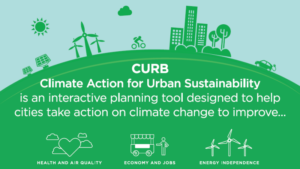 CURB: Climate Action for Urban Sustainability
CURB: Climate Action for Urban SustainabilityDuring Climate Week NYC in September 2016, the World Bank, together with C40 Cities, the Compact of Mayors, and other partners, launched a new planning tool called “CURB: Climate Action for Urban Sustainability,” which can help address some of these issue
-
 Shanghai Mass Rapid Transit System
Shanghai Mass Rapid Transit SystemChina - he Shanghai municipal government has invested in the construction of urban transportation by developing a rail-based MRTS in the city. Construction began in 1990, and the system went into operation in April 1995. In view of growing passenger trave
-
 Beijing Mass Rapid Transit System
Beijing Mass Rapid Transit SystemTo improve air quality in the city, the Beijing government decided to focus on developing a public transport plan for the new century and launched a detailed project with a focus on the Mass Rapid Transit System (MRTS). The programme also relies on integr
-
 Guangzhou-Shenzhen-Hong Kong Express Rail Link Hong Kong Section (XRL HK Section)
Guangzhou-Shenzhen-Hong Kong Express Rail Link Hong Kong Section (XRL HK Section)The Beijing-Guangzhou railway line is the world’s longest high-speed railway line, as of December 2012. It stretches 2,298km (1,425 miles) in length and can accommodate trains traveling with average speeds of 300km per hour. The line reduces travel times
-
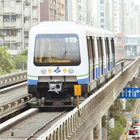 Taipei Metropolitan Mass Rapid Transit
Taipei Metropolitan Mass Rapid TransitChinese Taipei: Taipei city government dedicates itself to plan, design and construct a high quality and efficient rapid transit system allowing easy travel in Taipei. The entire transit plan is to: Construct safe rapid transit Pursue a human-oriented r
-
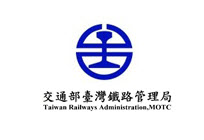 Creating An Eco-Friendly Railway Environment
Creating An Eco-Friendly Railway EnvironmentChinese Taipei : In accordance with the sustainable energy policy and energy efficiency program, Chinese Taipei is committed to achieving CO2 emissions of 2005 levels by 2020 and 2000 levels by 2025. In order to promote carbon reduction in the transporta
-
 Kaohsiung Mass Rapid Transit
Kaohsiung Mass Rapid TransitChinese Taipei: The total combined length of the Red and Orange Lines of the Kaohsiung Mass Rapid Transit System will be 42.7 kilometers (26.5 miles). Along these two lines, there will be 38 stations, of which 28 will be underground, two at ground level a
-
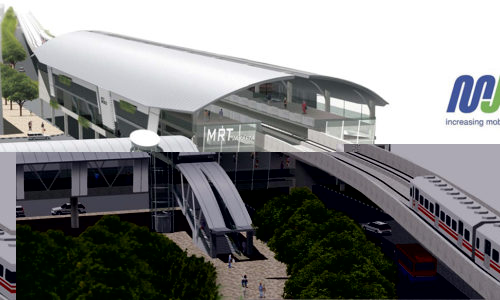 MRT Jakarta
MRT JakartaIndonesia: ost of the MRT are elevated structures which extend along ±10 km; from Lebak Bulus to Sisingamangaraja areas. This section contains 7 elevated stations; namely Lebak Bulus, Fatmawati, Cipete Raya, Haji Nawi, Blok A, Blok M and Sisingamangaraja
-
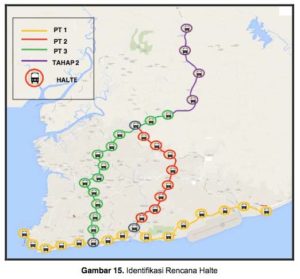 Balikpapan Monorail and Tram
Balikpapan Monorail and TramIndonesia: o public transport system currently exists in Balikpapan. Young people, the elderly and women are particularly inconvenienced by this, relying on others for their transportation needs. Balikpapan is now implementing the Monorail and Tram Projec
-
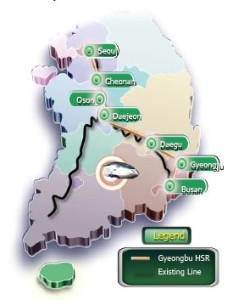 High Speed Rail System in Korea – Impact Assessment
High Speed Rail System in Korea – Impact Assessmentthe Republic of Korea: The Korean national government began expansion of urban railway and especially high speed rail in the 1990s following several decades of declining railway mode share investment (from 61% in 1962-1966 to 10% in 1987-1991).
-
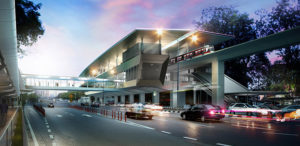 Klang Valley Mass Rapid Transit (KVMRT) Project
Klang Valley Mass Rapid Transit (KVMRT) ProjectMalaysia